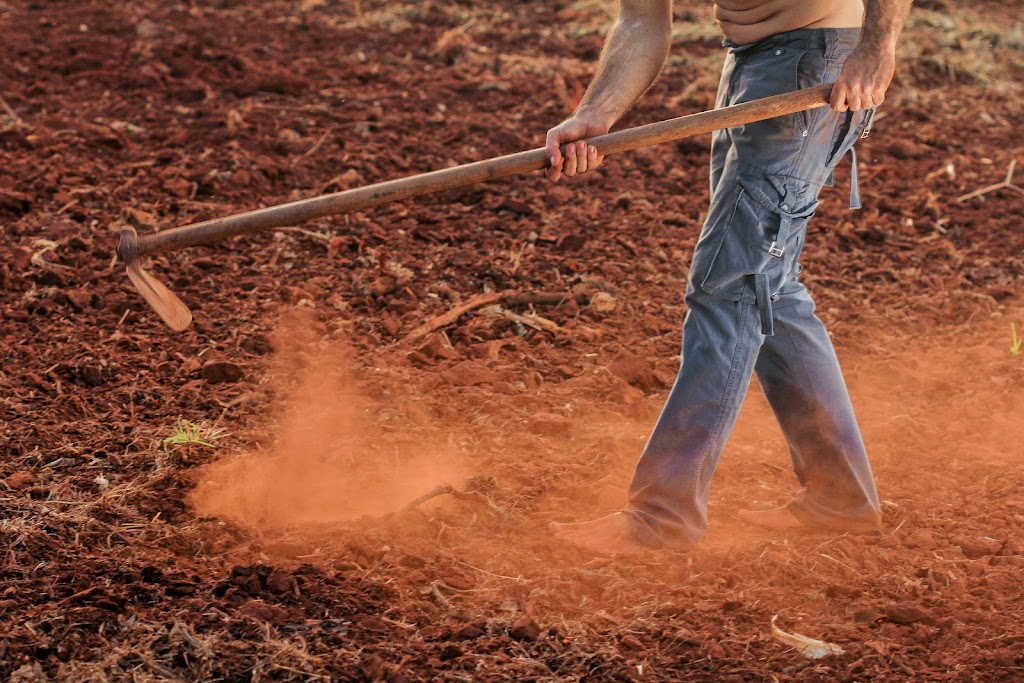Livestock farming plays a vital role in global food production, providing a source of valuable protein, essential nutrients, and a livelihood for many farmers. In this article, we will explore the different methods of livestock farming, their impact on animal welfare and the environment, and the steps farmers can take to ensure sustainable and responsible practices. Join us as we delve into the world of livestock farming and discover how we can meet the growing demand for animal products while safeguarding the welfare of animals and the planet.
1. Understanding Livestock Farming
Livestock farming involves the rearing of animals for various purposes, including meat, milk, eggs, and wool. Different methods of livestock farming exist, each with its own characteristics and considerations:
– Intensive Farming: This method involves raising animals in confined spaces, such as feedlots or cages, with a focus on maximizing production efficiency.
– Free-Range Farming: Free-range farming allows animals to roam freely outdoors, providing them with access to pasture and natural grazing.
– Pasture-Based Farming: Similar to free-range farming, pasture-based farming allows animals to graze on open pastures for a significant portion of their diet.
– Organic Livestock Farming: Organic livestock farming adheres to specific guidelines, including providing animals with organic feed, access to outdoor areas, and prohibiting the use of synthetic chemicals and antibiotics.
2. Animal Welfare and Livestock Farming
Animal welfare is a significant consideration in livestock farming. Responsible and humane practices not only ensure the well-being of animals but also contribute to better quality products. Here are some key aspects related to animal welfare in livestock farming:
– Housing and Space: Providing adequate space for animals to move, rest, and exhibit natural behaviors is essential for their well-being.
– Nutrition and Feed: Offering a balanced diet that meets the nutritional needs of animals is crucial for their growth, health, and productivity.
– Health and Veterinary Care: Regular health checks, preventive measures, and access to veterinary care help maintain animal health and prevent the spread of diseases.
– Handling and Transport: Ensuring gentle handling and minimizing stress during handling and transportation is essential for animal welfare.
3. Environmental Impact of Livestock Farming
Livestock farming can have a significant environmental impact, particularly in intensive systems. Understanding and mitigating these impacts is crucial for sustainable agriculture. Here are some key considerations:
– Land and Water Use: Livestock farming requires large areas of land for grazing or growing feed crops, which can lead to deforestation and habitat loss. Additionally, water consumption in livestock farming can strain local water resources.
– Greenhouse Gas Emissions: Livestock farming contributes to greenhouse gas emissions, primarily through methane released by ruminant animals during digestion and manure management.
– Waste Management: Proper management of animal waste is essential to prevent water pollution, soil degradation, and the spread of pathogens.
4. Steps Towards Sustainable Livestock Farming
Farmers can take several steps to ensure sustainable and responsible livestock farming practices:
Step 1: Improve Animal Welfare
– Provide adequate space, housing, and access to the outdoors for animals.
– Offer a balanced diet that meets their nutritional needs.
– Implement proper health management practices and ensure access to veterinary care.
Step 2: Optimize Feed and Nutrition
– Focus on efficient feed utilization to reduce resource consumption and waste.
– Explore alternative feed sources, such as by-products or forage crops, to minimize environmental impact and enhance sustainability.
Step 3: Manage Manure and Waste
– Implement proper manure management practices to minimize environmental contamination and capture the potential value of nutrients.
– Consider innovative technologies, such as anaerobic digestion, to generate renewable energy from manure.
Step 4: Embrace Sustainable Land Management
– Promote rotational grazing and pasture-based systems to optimize land use and improve soil health.
– Implement agroforestry practices by integrating trees with livestock farming to provide shade, windbreaks, and additional income streams.
5. Frequently Asked Questions (FAQs)
Q1. Is livestock farming sustainable?
A: Livestock farming can be sustainable when managed responsibly, considering animal welfare, environmental impact, and resource efficiency. Sustainable practices can reduce the industry’s ecological footprint and contribute to a more sustainable food system.
Q2. How does livestock farming affect climate change?
A: Livestock farming contributes to climate change due to greenhouse gas emissions, primarily methane from ruminant animals and manure management. However, adopting sustainable practices, such as improving feed efficiency and implementing manure management systems, can mitigate these emissions.
Q3. What are the alternatives to intensive livestock farming?
A: Alternatives to intensive livestock farming include free-range farming, pasture-based systems, and organic farming. These methods prioritize animal welfare, environmental sustainability, and the production of high-quality products.
6. Conclusion
Livestock farming is an integral part of our food system, providing valuable animal products while supporting the livelihoods of farmers. However, responsible andsustainable practices are essential to ensure the well-being of animals and minimize the environmental impact of the industry. By prioritizing animal welfare, optimizing feed and nutrition, managing waste effectively, and embracing sustainable land management, farmers can contribute to a more sustainable and responsible livestock farming sector. It is crucial for consumers to support and demand products from farms that prioritize animal welfare and sustainable practices. Together, we can create a future where livestock farming meets the needs of a growing population while preserving the welfare of animals and the health of our planet.



